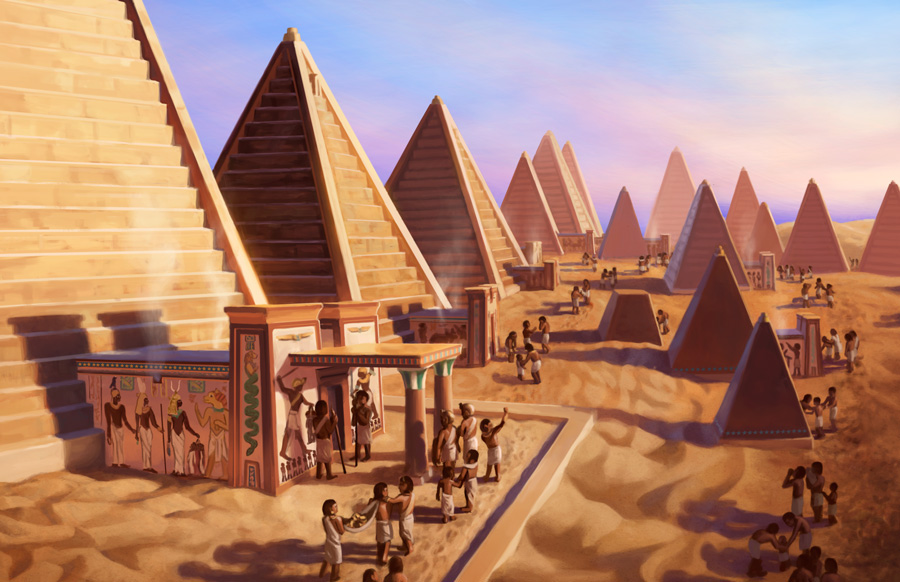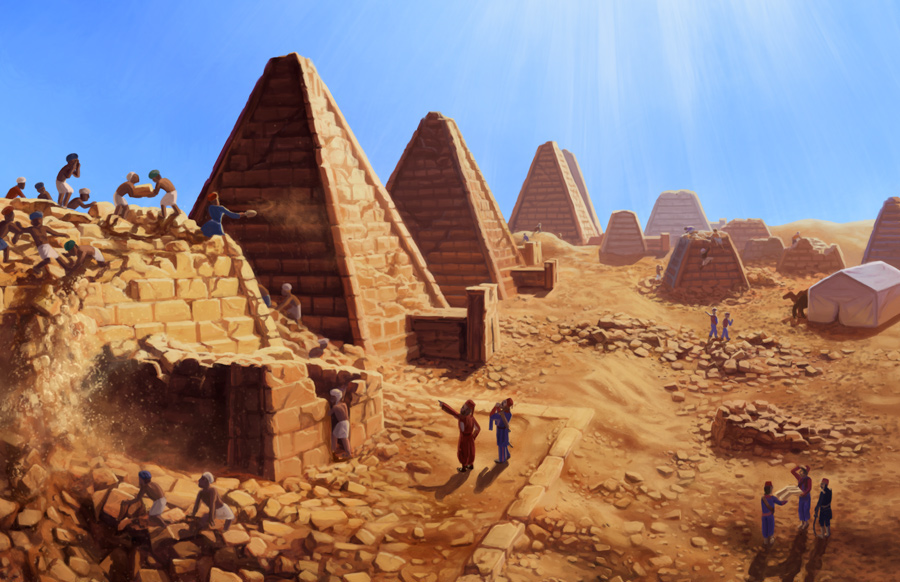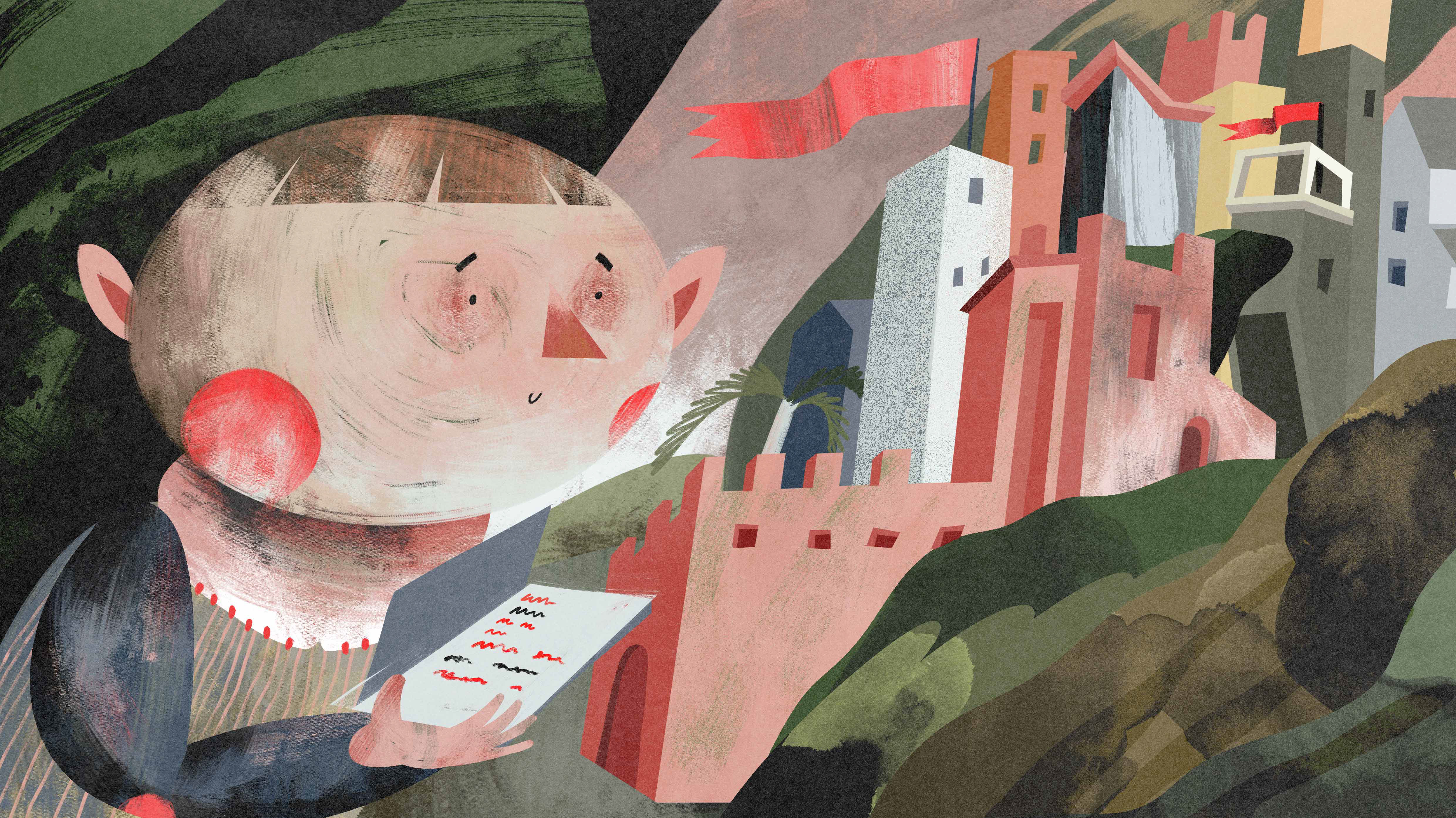Pyramids at Meroë - Ancient Glory & Modern Destruction

The ancient civilization of Nubia was a rich and powerful african culture just south of Egypt, up the river Nile. The two had a long and varied relationship, from trade to conquering and subjugation. For this reason the two had similar religions, customs, visual conventions, and monumental buildings. The pyramid tradition was actually brought back by the Nubians long after it had ceased to be used by the Egyptians. The form was significantly different, being smaller, more steeply sloped, and more numerous, serving whole families. They also had eastern-facing temples for offerings, facing and presumably used at sunrise. Here we see the Royal Pyramids at the city of Meroë, built from 337 BC to 339 CE. There were over fifty of these sandstone and paster monuments at the necropolis serving the Kings and Queens of Kush.

The pyramids weathered and decayed over the ages following the collapse of the Nubian state. But natural causes by no means account for their current state of desolation. In 1834 Giuseppe Ferlini, an Italian explorer serving with the Egyptian army, led a treasure hunting expedition culminating at the site. With both a military attachment and hundreds of local workers, Ferlini had the pyramids demolished. The team began by leveling the smaller pyramids. Next they attacked one of the largest, shortening it from the top, block by block. There was a secret chamber found in this one, housing a trove of silver and gold, jewelry, and offerings. Ferlini fled the site with this treasure, fearing the workers would mutiny to claim the wealth. This provided a grave precident, leading british museum curator E.A.W Budge to later fruitlessly dynamite the tops off the remaining pyramids.




